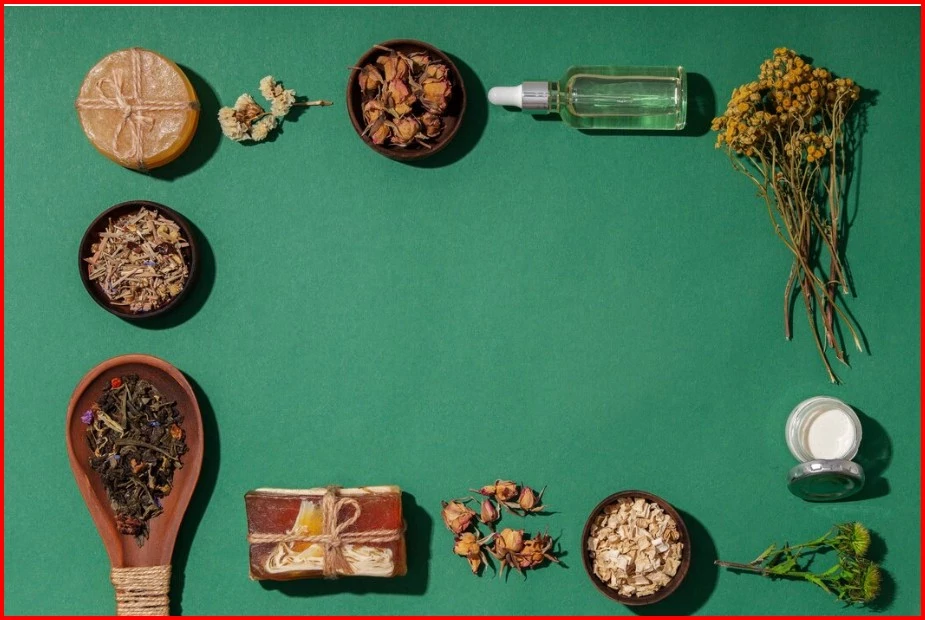
Where in the present world a gradual tendency of amalgamation of Physical, Spiritual, Social and Mental health is going on, there are two oldest surviving systems of medicine in the world named Ayurveda & Homeopathy. Ayurveda Rama and Homoeopathy are two forms of medical systems that originated from the oldest apprehended medicinal theories in the world. In this, the first of a seven-part easy learning guide, we will describe what Ayurveda and Homeopathy are in terms of systems of medicine, the approaches that they are based on and the differences between them.
It is also termed as the science of life, basically an Indian healing system that proved more than 5000 thousand years before. At its core, Ayurveda believes in the balance of three doshas or energies. The three broad bio-archetypes according to Ayurveda include Vata or Air-Space, Pitta or Fire-Water, and Kapha or Earth-Water. Know about the more relaxation techniques.. In Ayurveda, it is believed there should also be excessive secretion of these doshas to the prescribed levels at this time.
Dosha Balance: It only delves into understanding three fundamental biochemical constitutions or Doshas. Also, attempts to bring them to equilibrium through changes in certain routines, diet, and employing the use of herbs. Know what all about redefining health retreats is.
Pancha Mahabhutas: These include earth, water, fire, air and ether; these are the five fundamental principles of existence and health as per Ayurveda.
Dinacharya: This relates to activities that are syncopated with the natural cycle for a day for health-related purposes.
Rasayana: The process of seeking youthful looks and longevity through ingestion of herbs and foods and lifestyle modifications.
Ayurveda comprises several standards of practicing medicine like administration of herbals and mineral therapies, alterations in diet and lifestyle, massage therapies, as well as Pancha Karma. It is a detoxification treatment, yoga and meditation.
Homeopathy was developed by German physician Samuel Hahnemann in the late 18th century and is based on the “intercalation observation,” which means that similar diseases treat similar diseases and the process of strong shaking of substances diluted in the procedure called potentization.
Vital Force: Traditional or classical homeopathy posits that the vital force which is also referred to as life force, is the governing force in a healthy body and its ongoing processes.
Homeopathic remedies work with substances concurrently curtailed from plants, minerals and also animal products. These are available in the form of pellets, tablets or liquid tinctures. Since Homoeopathy is based on the laws of cure through similars, the organization of diseases is identical to the organization of medicines. The groups of diseases are curable by the groups of medicines, the medicines employed in Homoeopathy are economical in the extreme.
Ayurveda: Traditional to the Indian subcontinent, Ayurveda depends on three primary concepts of doshas. These are Vata, Pitta, and Kappa, in addition to five great elements as ether, air, fire, water and earth. It defines health as being a balance of two such forces of energy.
Homeopathy: Originating in Europe in the 18th century in the heat of the scientific revolution, homeopathy has two fundamental tenets - the principle of similarity and infinitum miners. Examining the idea that substances that produce effects on a healthy individual are capable of reversing those effects on an ill individual when greatly diluted.
- Ayurveda: Ayurvedic ways of curing focus on the changes in medicine, diet, daily routine. In some cases, hair therapies, speech therapies such as Panchakarma, yoga, meditation and massages (like Abhyanga).
- Homeopathy: Homoeopathic treatment mainly showcases the use of diluted medicine along with potentization procedures. They can even be in the form of pellets, tablets or liquid drops that are placed under the tongue. The way and method of choosing the remedy is by using a total clientele approach and matching the symptoms of the patient with the picture of the remedy.
- Ayurveda: In case of diagnosis, Ayurveda relies on differentiation between the original constitution of an individual and the current state of imbalance. There are several methods in use; these include Nadi Pariksha (palpation of the arteries), examination of the tongue, general appearance and oriental questions, and physical examination. Grab a cup of tea and know about the best Ayurvedic remedies.
- Homeopathy: Diagnosis in homeopathy is characterized by close attention to factors such as symptoms, demeanour, feelings, and past health of the patient. It acknowledges your requirement to identify the particular symptomatology and to choose the remedy corresponding to the totality of disturbance of the patients.
Born in Europe in the 18th century, the Homeopathic system of medicine came into existence during the period of scientific revolution and enlightenment that stressed on the values of reason, observation, experimentation and innovation. It is professed less about any religious or even theological concept but rather relies on science and the practice of Pharmacology.
One might say that despite the similarities in overall, it is possible to conclude that both Ayurveda and Homeopathy are schools of healing that have holistic perspectives on health and disease. However, they vary with respect to the philosophy, strategies of treatment, diagnostics, and historical origins. Ayurveda, which focuses on the doshas and natural remedies, is mostly derived from Indian philosophy; on the other hand, Homeopathy is based on simillimum and dynamization, a system of medicine belonging to the European Scientific Renaissance in the age of enlightenment.
While there are fundamental differences with regard to its pathological approach, Ayurveda and Homeopathy can work hand in hand in the sphere of holistic healing. Integrative practitioners may follow Ayurvedic dietary pointers to treat different diseases alongside providing homeopathic medicine. That said, it is advised to seek advice from qualified practitioners and verify the contra-indications when using different methods.
Ayurveda and Homeopathy are two systems of health and medical practice that have deep roots in the ancient world and whose practice is still prevalent in the contemporary world. Get the best health and wellness guide now. Unlike Ayurveda, where most of the therapeutic interventions are based on the concepts of tridosha and routine and proper diet in disease, Homeopathy has a single concept, the principle of similars and gives individualized treatment. Evidently, both systems are very useful and informative about the whole concept of health and come across as powerful healing systems for a plethora of diseases and disorders. While you can hear about Ayurveda as ageless knowledge or try practicing Homeopathy, it turns out that such experience can ultimately open the path to wholeness.


